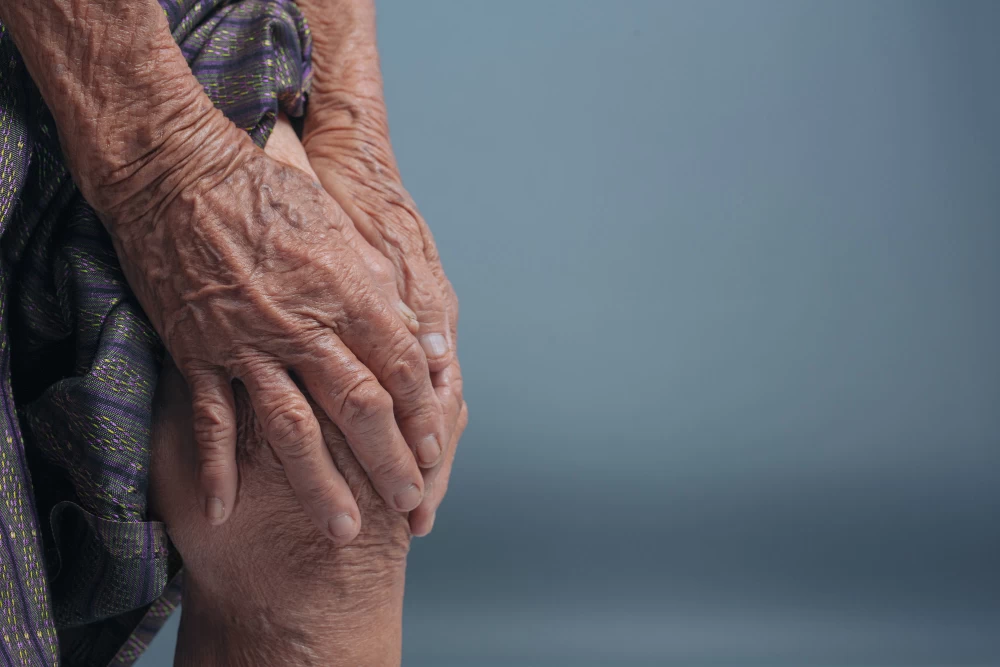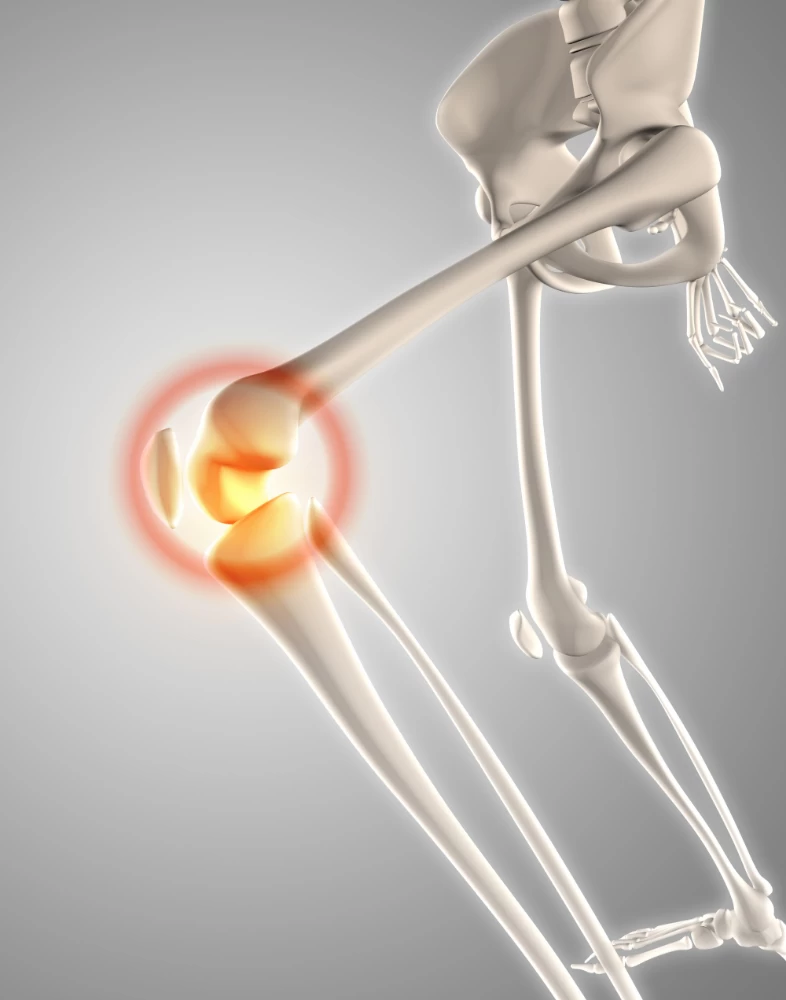
Pathological Changes in Osteoarthritis
- Pathological Changes in Osteoarthritis
- What is Osteoarthritis?
- What Are the Symptoms of Osteoarthritis?
- What are the Pathological Changes in Osteoarthritis?
- What are the Treatment Options for Osteoarthritis?
What is Osteoarthritis?
Osteoarthritis (OA) is a joint disease characterized by pathological changes such as cartilage deterioration, bone protrusions, synovial membrane thickening and changes in joint fluid. OA is caused by damage to articular cartilage and bone tissue and is most common in load-bearing joints such as the knees, hips, hands, and shoulders.
Although OA is often associated with the aging process, other factors such as joint injuries, joint deformities, overweight, hereditary factors, and rheumatoid arthritis can also increase the risk of OA.
Symptoms of OA include joint pain, stiffness, swelling, limitation of joint movements, and loss of function. Treatment options include exercise, weight loss, pain management, physiotherapy, and surgical interventions. The treatment of OA is determined by many factors, such as the severity of the disease and the severity of its symptoms.
What Are the Symptoms of Osteoarthritis?
The symptoms of osteoarthritis may vary depending on the degree of damage to the cartilage, bone and other tissues in the affected joint and the rate of progression of the disease. Some people experience mild symptoms, while others may experience more serious symptoms. OA symptoms may include:
- Joint pain: People with OA often feel pain in the joint. Pain may increase with movement or immobilization of the joint. The pain usually starts gradually and increases over time.
- Joint stiffness: People with OA often experience joint stiffness in the morning or after sitting for a long time. This may cause limitation in joint movements.
- Joint swelling: Joint swelling is more common as OA progresses. The swelling occurs due to increased fluid in the joint and inflammation of the synovial membrane.
- Restriction of joint movements: People with OA often experience limitation of joint movements. This condition can occur due to joint pain, stiffness, or swelling.
- Cartilage damage: The progression of OA can result in wear and thinning of the articular cartilage. This can cause symptoms such as more pain and limitation in joint movements.
- Bone protrusions: People with OA may have bony protrusions or osteophytes around the joint. This may cause limitation of joint movements and pain.
OA symptoms usually begin gradually and can worsen over time. Left untreated, symptoms can progress and make joint damage worse.

What are the Pathological Changes in Osteoarthritis?
Osteoarthritis (OA) is a joint disease that causes cartilage deterioration on the joint surfaces and changes in the bones around the joint. Pathological changes may include:
- Cartilage damage: In OA, the cartilage tissue covering the joint surfaces gradually deteriorates and becomes thinner. Cartilage tissue wears down and wears away, causing friction between joints.
- Bone protrusions: As the bones and joint surfaces around the joint wear away and the cartilage tissue deteriorates, spurs called bone protrusions or osteophytes may form.
- Synovial membrane thickening: The synovial membrane covering the joint capsule may thicken and become inflamed. This can cause joint pain and swelling.
- Fluid changes of the joint: Joint fluid is a fluid that normally keeps the joint surfaces slippery. In OA, the amount of joint fluid may decrease and its consistency may change. This may result in increased wear of the joint surfaces.
- Muscle weakness: Muscle weakness and muscle wasting are common in people with OA. This can reduce the muscle support needed to protect the joint and make joint damage worse.
The combination of these changes can cause the onset and progression of OA symptoms. These symptoms include joint pain, stiffness, swelling, limitation of joint movements and loss of function.
What are the Treatment Options for Osteoarthritis?
Treatment options for osteoarthritis can vary depending on factors such as the severity of symptoms, the patient's lifestyle, the degree of joint damage, and other health conditions. Osteoarthritis treatment may include the following methods:
- Exercise and Physical Therapy: Regular exercise and physical therapy can help relieve OA symptoms by strengthening muscles and increasing joint mobility.
- Pain Management: Nonsteroidal anti-inflammatory drugs (NSAIDs), analgesics, topical creams, or hot and cold therapies can be used to reduce pain and inflammation.
- Weight Management: For patients who are overweight or obese, losing weight can help improve OA symptoms by reducing joint stress.
- Supportive Devices: Joint supports, orthopedic shoes or walking sticks can help relieve OA symptoms
- Surgical Intervention: If OA symptoms cannot be alleviated by other treatments, surgical intervention may be considered. Surgical options may include joint replacement, joint resection, or removal of bony prominences in the joint.
- Alternative Treatment Methods: Some people may use alternative treatment methods such as acupuncture, yoga, massage or supplements to relieve their OA symptoms.


